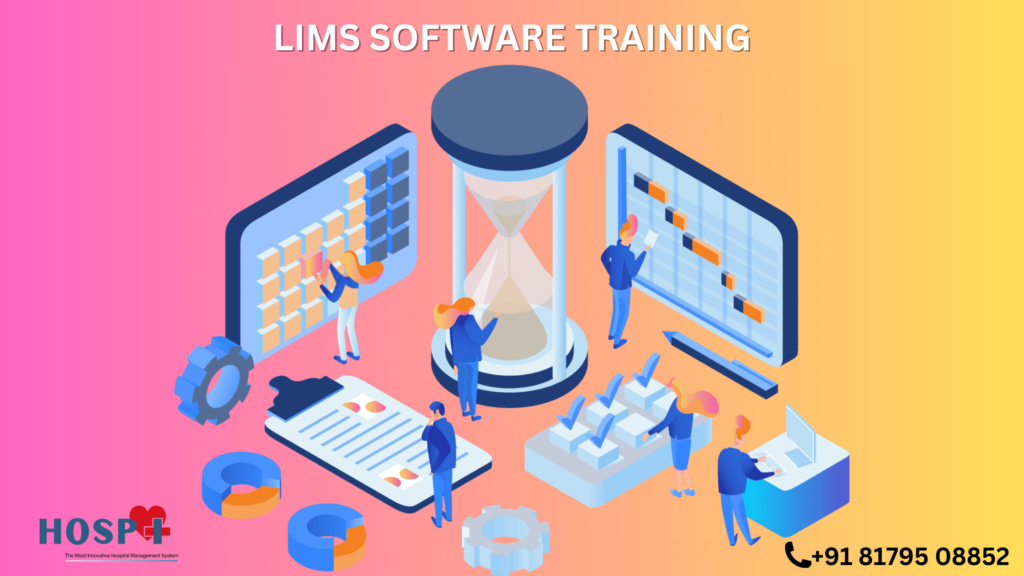Introduction
Laboratories across various industries rely on Laboratory Information Management Systems (LIMS) to streamline processes, manage data, and enhance overall efficiency. Proper LIMS software training is crucial for laboratories to fully leverage the capabilities of this powerful tool. This article explores the significance of LIMS software training, key training components, and successful implementation stories that highlight the impact of well-trained lab personnel.
The Significance of LIMS Software in Laboratories
Advantages of LIMS in Lab Management
LIMS software optimizes sample tracking, data organization, and regulatory compliance. Its automated processes and data analysis capabilities significantly improve lab efficiency and data integrity.
Challenges in Implementing LIMS
Introducing LIMS software into a laboratory environment may encounter resistance and adaptation challenges among lab personnel. Proper training plays a pivotal role in overcoming these hurdles.
The Importance of LIMS Software Training
Maximizing the Benefits of LIMS
Effective LIMS software training ensures that laboratories can fully utilize the software’s functionalities, leading to improved productivity and accurate results.
Empowering Lab Personnel for Effective Usage
Well-trained lab personnel are confident in using LIMS software, reducing errors, and contributing to the success of lab operations.
Key Training Components for LIMS Software
System Orientation and Familiarization
Initial training introduces lab personnel to the LIMS interface, navigation, and basic functionalities, providing a solid foundation for further learning.
Mastering Data Entry and Management
Comprehensive data entry and management training enable lab personnel to accurately record and access crucial information within the LIMS system.
Understanding Customization and Configurations
Training on customizing LIMS to suit specific lab workflows empowers labs to adapt the software to their unique needs.
Hands-On Training and Practical Exercises
Mock Scenarios and Real-World Applications
Hands-on training allows lab personnel to practice using LIMS in various scenarios, ensuring competence in real-world situations.
Ensuring Proficiency in LIMS Operations
Practical exercises and simulations help lab personnel develop proficiency in executing essential tasks within the LIMS system.
Collaborative Learning and Knowledge Sharing
Training as a Team-building Exercise
LIMS training encourages teamwork and collaboration among lab personnel, fostering a positive learning environment.
Encouraging Interaction and Troubleshooting
Collaborative learning sessions promote knowledge sharing, problem-solving, and addressing common challenges.
Customized Training for Lab Roles and Workflows
Tailoring Training to Specific Lab Needs
Customized training sessions ensure that lab personnel receive instruction tailored to their roles and responsibilities.
Focusing on Data Integrity and Compliance
Role-specific training emphasizes data integrity, compliance with industry standards, and regulatory requirements.
Evaluating Training Effectiveness
Post-Training Assessments and Feedback
Assessments and feedback from lab personnel provide valuable insights into the effectiveness of the training program.
Addressing Challenges and Refining Training
Continuous improvement based on feedback ensures that training evolves to meet the changing needs of the lab.
Successful LIMS Implementation Stories
Case Study: Lab XYZ’s LIMS Journey
Lab XYZ’s successful LIMS implementation resulted from comprehensive training and support, leading to improved efficiency and data accuracy.
Key Outcomes and Improvements
Lab XYZ reported a 35% reduction in data entry errors, a 25% increase in sample processing efficiency, and enhanced collaboration among lab personnel.
Conclusion
LIMS software training is a critical component of successful laboratory operations. Properly trained lab personnel can fully utilize the capabilities of LIMS, enhancing efficiency, accuracy, and data integrity. By investing in comprehensive and customized training programs, laboratories can maximize the benefits of LIMS and ensure the success of their research and analytical processes.
To read some more articles like this, Visit this site: https://hospi.info/blog
Search more here: https://www.google.com/



